Beyond the Bottle: A Nutritionist’s Guide to Glowing Skin from the Inside Out
Over my years as a clinical nutritionist, I’ve had countless conversations with people who all want the same thing: to feel and look their best as they get older. They often walk in with a bag full of pricey serums and supplements, hoping for a silver bullet. My first job is always to gently reframe that thinking. We shift the focus away from ‘anti-aging’ and toward supporting the body’s incredible, natural processes. Because here’s the secret: healthy, vibrant skin isn’t about magic potions. It’s the billboard for what’s happening with your cells on the inside.
In this article
It’s a process that starts with the very building blocks you feed yourself every day.
A lot of folks don’t realize just how complex our skin is. It’s a full-blown organ with its own immune system, and it’s in a constant state of repair. The things we see—wrinkles, a loss of that bouncy firmness—are really just the visible symptoms of deeper events. The two main culprits I see in my practice are oxidative stress and chronic inflammation. Just think of oxidative stress as microscopic rust, caused by rogue molecules that damage our cells. And chronic, low-grade inflammation is like a quiet, smoldering fire that slowly wears everything down. My entire approach is about giving your body the right nutritional tools to manage these processes like a pro.
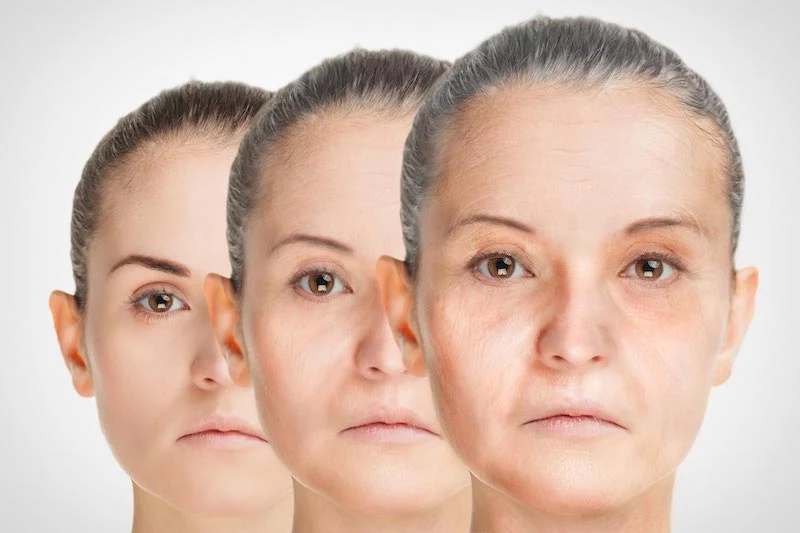
This isn’t about chasing some impossible ideal of youth. It’s about understanding the science of your own body and making smart choices. In this guide, I’m going to share the key insights I’ve gathered from my clinical work. We’ll dig into the nutrients that truly matter for your cells, why they work, and how to use them safely so you’re not just wasting your money.
First, A Little Science: What’s Really Happening to Our Skin?
To really help your skin, you need to know what you’re up against on a microscopic level. It’s less about the surface and all about the underlying machinery. Three main things are usually at play.
1. Oxidative Stress (The ‘Rusting’ Effect)
Every second, your cells are making energy. It’s essential for life, but it creates unstable byproducts called free radicals. These little troublemakers are missing an electron, so they frantically try to steal one from a healthy molecule, starting a chain reaction of damage. This is oxidative stress. Things like sun exposure, pollution, and a diet high in junk food can seriously ramp up this process. When free radicals attack your collagen, your skin loses its structure. Antioxidants are the heroes here; they can safely give a free radical an electron, stopping the damage cold.

2. Chronic Inflammation (aka ‘Inflammaging’)
A little inflammation is a good thing—it’s how your body heals a cut or fights an infection. But when it becomes a constant, low-level hum in the background, it turns destructive. Experts even have a name for it now: ‘inflammaging.’ It’s a persistent fire that degrades tissues all over the body, and the skin is a prime target. It actively chews up collagen and elastin, the two proteins that give skin its firm, youthful bounce. Luckily, many of the nutrients we’ll talk about are fantastic at helping to cool this fire.
3. Glycation (The Sugar Problem)
Here’s one that often flies under the radar. Glycation is what happens when extra sugar molecules in your blood latch onto proteins, like your precious collagen and elastin. This creates nasty new molecules with a fitting name: Advanced Glycation End-products, or AGEs. These AGEs are bad news. They turn flexible, springy collagen fibers into stiff, brittle ones. That leads directly to wrinkles and sagging. AGEs also fuel more oxidative stress and inflammation, creating a truly vicious cycle. This is exactly why what you eat is just as important—if not more so—than what you slather on your skin.
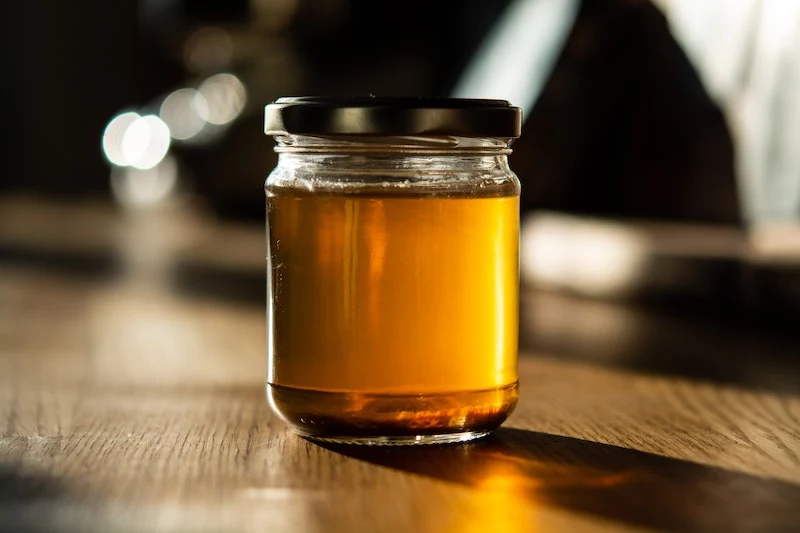
Structural Support: Building a Strong Foundation
Before we even think about protecting the skin, we have to make sure it has the raw materials to build itself. In my practice, we always, always start with the fundamentals.
Collagen: The Body’s Scaffolding
Collagen is the main protein in our bodies, acting like scaffolding that provides structure and strength to our skin. Our bodies make it on their own, but that production starts to slow down pretty early, around our mid-20s. This loss is what leads to thinner skin and wrinkles over time.
Pro Tip: Collagen creams are everywhere, but honestly, the molecules are just too big to get through the skin’s outer layer effectively. The real magic happens from the inside. I always recommend hydrolyzed collagen peptides. ‘Hydrolyzed’ just means the big protein has been broken down into smaller, easier-to-absorb bits. Look for supplements labeled “collagen peptides.”
How to Use It: A good starting dose is about 10-15 grams a day. It’s a fine powder that has no taste, so you can mix it into your morning coffee, a smoothie, or even just a glass of water without noticing it. Heads up: you have to be patient! Since you’re giving your body building blocks, it takes time to put them to use. My clients usually start noticing better skin hydration and plumpness after about 8 to 12 weeks of consistent use.
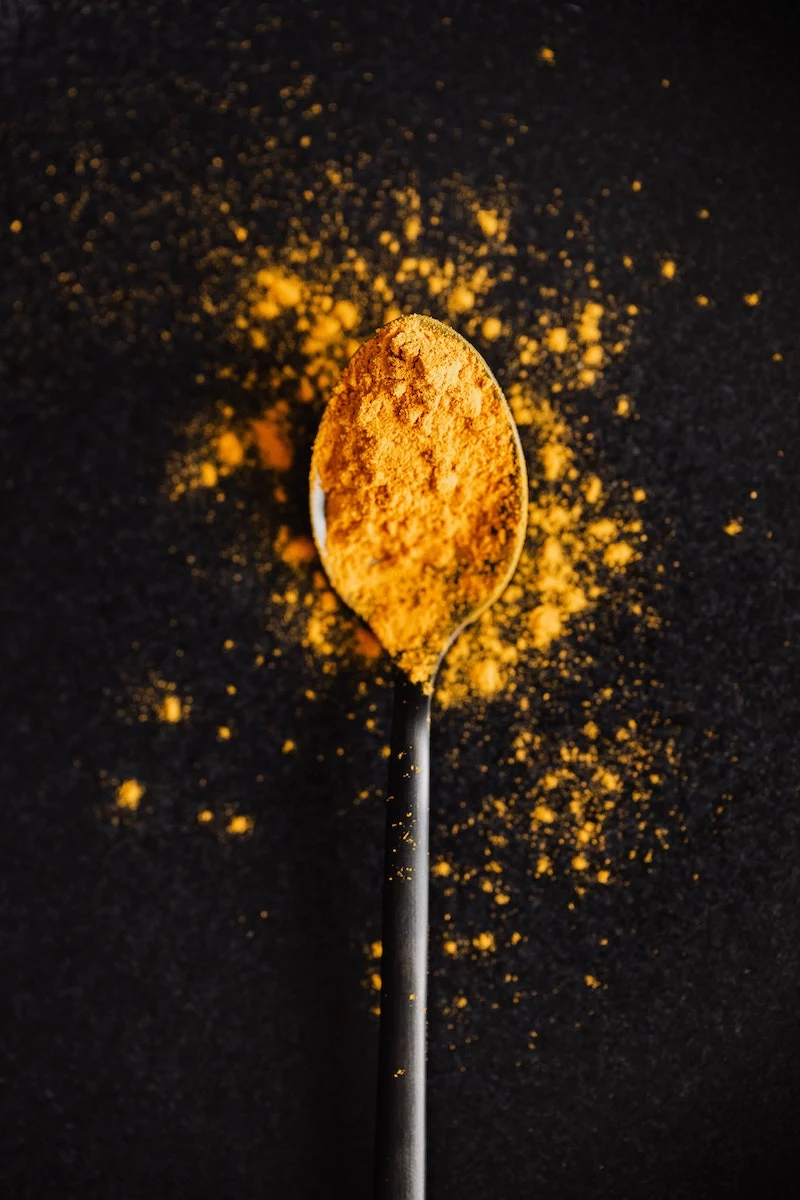
Let’s be real… A collagen supplement isn’t a miracle worker on its own. Your body needs other key nutrients to actually use those peptides, especially Vitamin C. I once had a client who was taking a pricey collagen powder for months and saw zero results. After a quick diet check, I realized she was barely eating any fruits or vegetables. We added a simple Vitamin C supplement, and within two months, she was thrilled with the changes. It just goes to show you have to look at the whole picture.
By the way, you can expect to pay around $25 to $40 for a one-month supply of a quality collagen peptide powder from a reputable brand.
Your Cellular Protection Squad: Key Antioxidants
Antioxidants are your body’s personal security team against oxidative stress. A diet packed with colorful plants is your best bet, but certain supplements can give you a more concentrated dose when you need it.
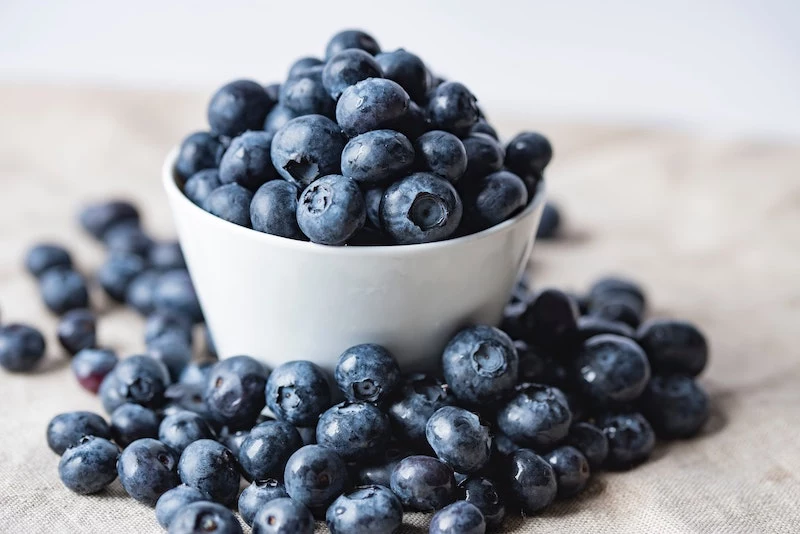
Vitamin C (Ascorbic Acid)
If I had to pick one vitamin for skin health, this would be it. Vitamin C is a true workhorse. It neutralizes free radicals, and it’s absolutely essential for building collagen. The enzymes that stitch everything together to make strong collagen fibers simply can’t work without it.
My Method: Your body doesn’t store Vitamin C, so you need a steady supply. I usually tell clients to split their dose—taking 500 mg in the morning and 500 mg in the evening is way more effective than a single 1000 mg bomb. Oh, and if you have a sensitive stomach, look for a buffered form like calcium ascorbate or a liposomal C. They’re gentler and might even absorb better. The good news? Vitamin C is super affordable, usually running just $10 to $15 for a supply that will last you several months.
Vitamin E (Tocopherols & Tocotrienols)
While Vitamin C handles the watery parts of your cells, Vitamin E is the guardian of the fatty parts, like your cell membranes. This is critical for keeping skin cells healthy and locking in moisture. It also works as a team with Vitamin C—after Vitamin E neutralizes a free radical, Vitamin C comes along and ‘recharges’ it so it can get back to work.
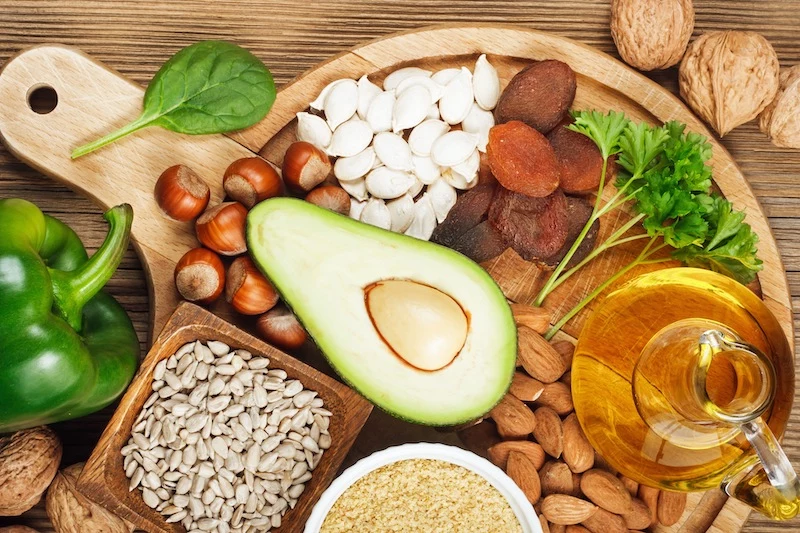
What to Look For: This is important. On the supplement aisle, look for a bottle that says it contains “mixed tocopherols.” Most cheap Vitamin E supplements only have one form (alpha-tocopherol), but getting the full family of E-vitamins provides much broader benefits. Food-wise, you can’t go wrong with sunflower seeds, almonds, and avocados.
Safety First! This is a big one. Vitamin E can thin your blood. If you’re on any anticoagulant meds like warfarin or even just a daily aspirin, you MUST talk to your doctor before supplementing. I also tell all my clients to stop taking high-dose Vitamin E at least two weeks before any scheduled surgery to be safe.
Selenium
Selenium is a trace mineral, meaning you only need a tiny bit, but its job is huge. It helps fire up one of the body’s most powerful antioxidant enzymes, glutathione peroxidase. This master detoxifier helps protect the skin from UV damage and inflammation.

A Quick Story: The selenium in food depends entirely on the soil it’s grown in. That’s why a single Brazil nut from the Amazon can pack a whole day’s worth. But you have to be careful! I once had a client who thought more was better and was eating a whole handful of Brazil nuts every day. He started developing early signs of selenium toxicity (brittle hair and nails, garlic breath). It taught me a valuable lesson: be specific. One or two Brazil nuts a day is plenty. If you’re supplementing, a dose of 50-100 micrograms (mcg) is typical.
The Heavy Hitters: Cellular Regulators
This next group goes beyond just defense. These nutrients actively influence your cellular pathways, helping to dial down inflammation and support healthy cell function from the ground up.
Curcumin (from Turmeric)
Turmeric has been a medicinal MVP for centuries. Its power comes from compounds called curcuminoids, and curcumin is the most active one. It’s a beast at fighting inflammation. It works by blocking a key ‘on’ switch for inflammation in the body. By turning down that switch, it helps calm the chronic fire that damages skin.

The Catch: Sprinkling turmeric on your food is great, but the standard powder is only about 2-5% curcumin, and your body barely absorbs it. For a real therapeutic effect, you need a specialized supplement. Look for a formula that is ‘standardized to 95% curcuminoids’ and is combined with either piperine (black pepper extract) or a fat source to boost absorption. Without that, you’re pretty much wasting your money. A quality, high-absorption formula will typically cost between $20 and $35 for a month’s supply.
Resveratrol
Resveratrol is a compound found in things like the skin of red grapes, which led to all the buzz about red wine being healthy. It’s a powerful antioxidant, but its real claim to fame is its ability to activate special pathways in our cells sometimes referred to as ‘longevity genes.’ These pathways help protect cells from stress and support their overall health and resilience. Think of it as a tune-up for your cellular engines. Like curcumin, absorption can be tricky. For supplements, the ‘trans-resveratrol’ form is the most stable and biologically active. Expect to pay around $20 to $30 for a monthly supply.

Okay, So Where Do I Even Start? A Simple Plan
I get it. That’s a lot of information, and it can feel overwhelming. Let’s break it down into a simple, actionable plan.
Step 1: The Absolute Beginner
If you can only do ONE thing, start with your diet. Seriously. Before you spend a single dollar on supplements, focus on crowding out the processed stuff with more colorful plants. Eat more bell peppers, berries, dark leafy greens, and healthy fats from nuts and avocados. Your first and best ‘supplement’ is always whole food.
Step 2: The First Supplement
If you have your diet dialed in and are ready to add a supplement, I find that a high-quality hydrolyzed collagen peptide powder often gives the most noticeable bang for your buck when it comes to skin. It’s safe, easy to take, and directly provides those crucial building blocks.
Step 3: Building a Smart Routine
So, how do you take all this stuff? It’s pretty simple. Fat-soluble vitamins like E should always be taken with a meal that contains some fat to help absorption. Collagen can be taken any time of day; I just dump it in my morning coffee so I don’t forget. For nutrients you split, like Vitamin C, try one with breakfast and one with dinner. My best advice? Introduce one new supplement at a time and give it at least two weeks. That way, if something doesn’t agree with you, you know exactly what the culprit is.

How to Not Waste Your Money on Junk Supplements
The supplement industry can be like the Wild West. To make sure you’re buying something that actually works, here are a few things to look for:
- Third-Party Testing: Look for seals on the bottle from groups like NSF, USP, or ConsumerLab.com. This means an independent company has verified that what’s on the label is actually in the bottle. This is a HUGE marker of quality.
- Avoid Proprietary Blends: Sometimes companies hide their low doses in a ‘proprietary blend.’ You want a transparent label that tells you exactly how much of each active ingredient you’re getting.
- Do Your Own Research: For unbiased, science-backed information on just about any supplement, I often point my clients to the website Examine.com. It’s a fantastic, non-commercial resource.
At the end of the day, this is a long game. It’s not about finding a quick fix but about consistently giving your body the tools it needs to do its job well. Be patient, stay consistent, and most importantly, listen to your body.

Your quick win for today: Grab a handful of almonds for an afternoon snack and squeeze a wedge of fresh lemon into your water. Boom. You’ve just given your skin a solid dose of Vitamin E and the Vitamin C it needs to get to work. It’s the small, daily habits that add up to big results.










